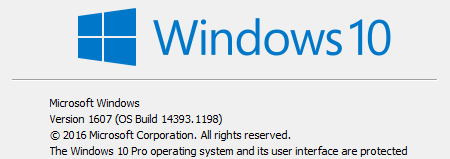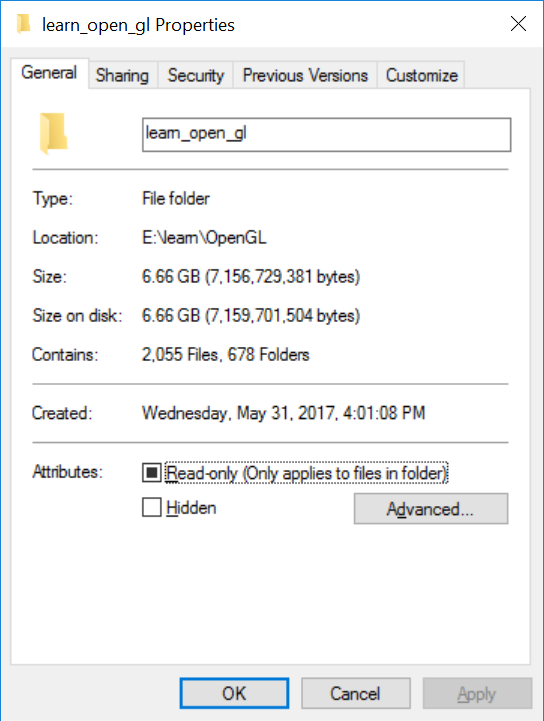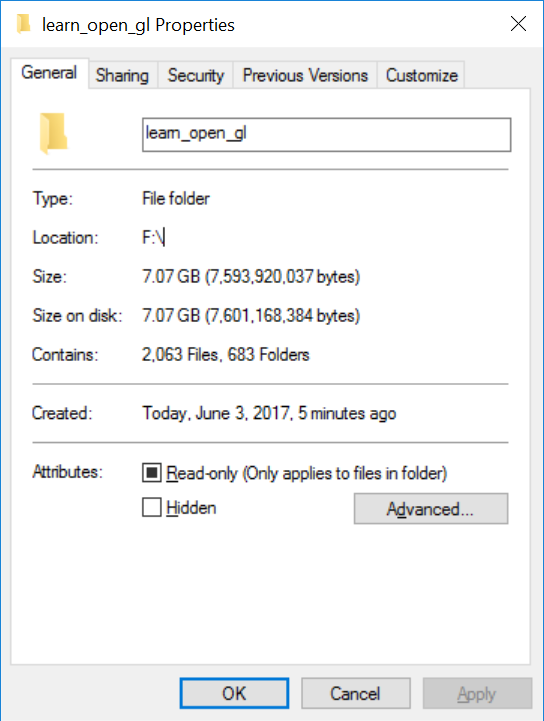Note
Access to this page requires authorization. You can try signing in or changing directories.
Access to this page requires authorization. You can try changing directories.
Question
Sunday, June 4, 2017 5:56 AM
Hi Folks:
Using Windows 10 Pro.
I'd like to display a cut and pasted text of the version and build number, but I can't seem to <CTL-C> the following, so this is the version number:

It's a pain to have to paste a screenshot into Windows Paint, and then save it. Is there a way to get the version info in text?
When I attempted to use Windows Explore to copy some files to my backup thumb drive I was a window popped up complaining about filenames being too long.
I have long filenames enabled, but this feature has not been added to Windows Explorer.
All drives, solid state, rotating and thumb, are formatted with NTFS.
The following command:
robocopy E:\learn\OpenGL\learn_open_gl f:\learn_open_gl /e
took several long minutes to copy files that took Windows Explorer 10 or 15 seconds.
After the copy was finished, I hoped to compare the sizes and counts to give me a reasonable expectation that the copy was successful, as I've been able to do after Windows Explore copies hundreds of times.
The source:

The destination:

The destination has more files and directories, and a lot more bytes, than the source.
What command line arguments does Robocopy need be used to accurately copy files?
Better yet, when will Windows developers get Explore to work with long filenames?
Thanks
Larry
All replies (2)
Sunday, June 4, 2017 11:33 AM
To get a text version number, type ver in a command prompt, does that list the full version?
For the long file names, was the error perhaps Source Path Too Long ? Robocopy does not have that restriction.
The only thing I can think of regarding the robocopy more files in destination is perhaps the destination was not empty when you started?
Thursday, September 20, 2018 9:00 PM
Just ran into this myself. We had dfs on the source so there are a ton of hidden system files that copied over. Luckily they were all in one hidden sub-directory at the root level.
Our super smart computer science guy realized it.
